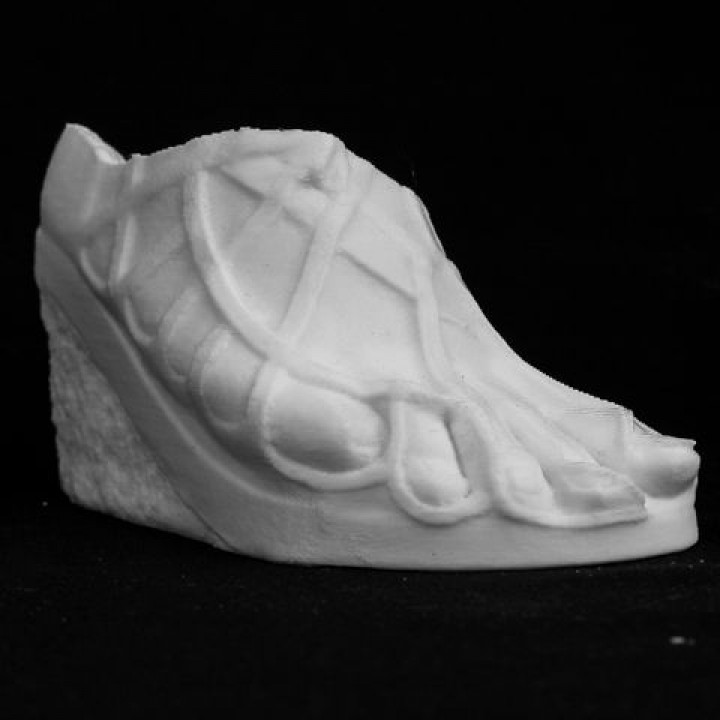
Colossal Marble Foot at The British Museum, London
myminifactory
This colossal right foot was once part of a statue many times life-size, a scale reserved for images of gods and emperors in ancient times. The sandal it wears is an elaborate Greek type first seen in the fourth century BC. It's likely that this foot belonged to a senior Olympian god, probably depicted seated since a standing figure would have been over five meters tall. Limb fragments from colossal statues, particularly feet, were collected by eighteenth-century enthusiasts as curiosities, and most Grand Tourists would have seen the colossal head, right hand, and feet of Emperor Constantine's statue on display in Rome since the seventeenth century. This foot was discovered near Naples and acquired by Sir William Hamilton (1730-1803), who presented it to the British Museum in 1784 along with other antiquities and natural history specimens. A list dated January 31, 1784 refers to it as 'A Colossal Foot of an Apollo in Marble'. It's one of two antiquities from Hamilton's collection drawn by Francesco Progenie, a pupil of Pietro Fabris, who also contributed drawings of Mount Vesuvius sent by Hamilton to the Royal Society in London. This object is part of "Scan The World". Scan the World is a non-profit initiative introduced by MyMiniFactory, creating a digital archive of fully 3D printable sculptures, artworks, and landmarks from across the globe for public access. Scan the World is an open-source community effort; if you have interesting items around you and want to contribute, email stw@myminifactory.com to learn how you can help.
With this file you will be able to print Colossal Marble Foot at The British Museum, London with your 3D printer. Click on the button and save the file on your computer to work, edit or customize your design. You can also find more 3D designs for printers on Colossal Marble Foot at The British Museum, London.
